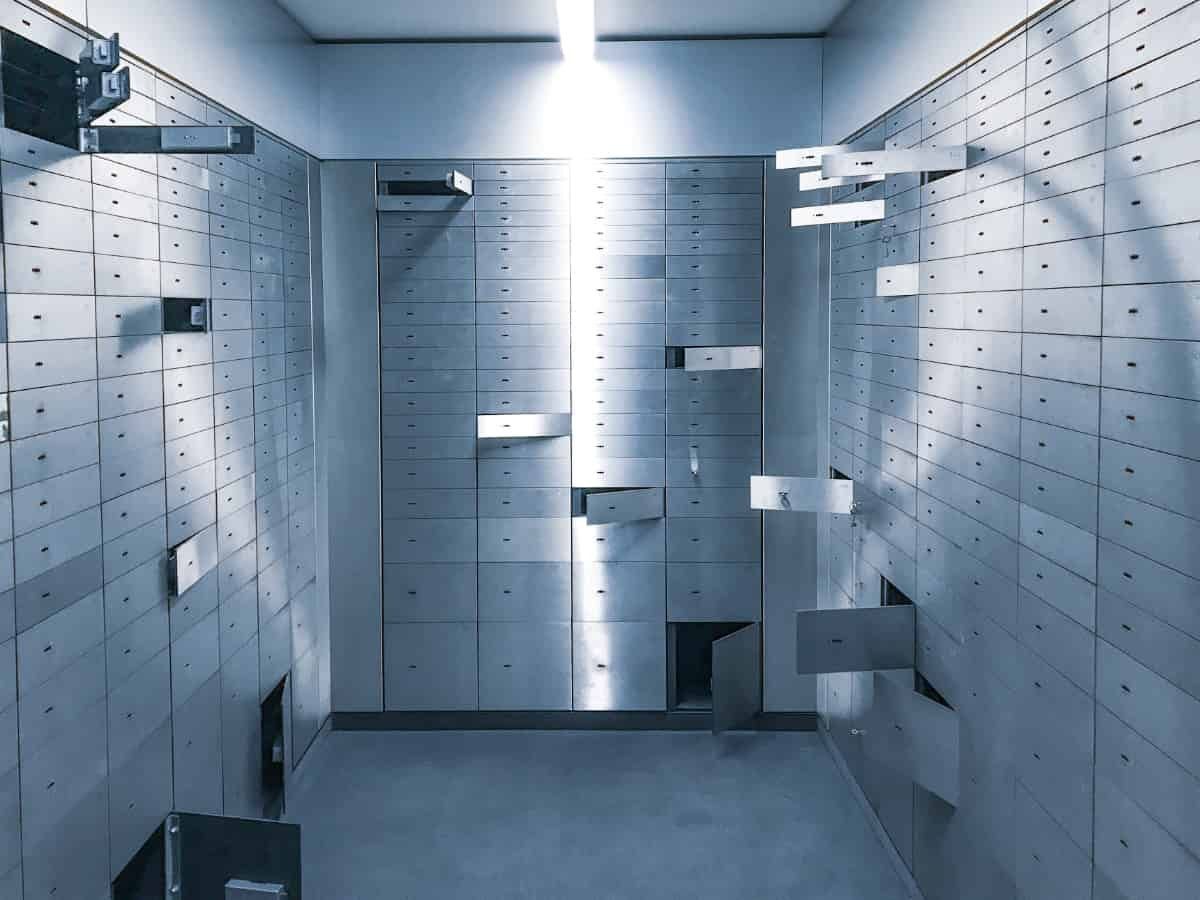“Trust me, I’m a banker,” said no one. Ever. At least, not with a straight face.
The only reason we trust banks at all is because they have to comply with a myriad of national and international regulations. But with Bitcoin, these safeguards don’t exist. We are the Wild West of financial services: because Bitcoin lacks the same levels of regulation as traditional FS, consumers can’t distinguish the crypto cowboys from the honest brokers.
Bitcoin rejoices in its buccaneering, devil-may-care attitude. That’s attractive and we don’t want to lose it, but the issue of transparency is holding back the widespread adoption we all say we want. Every Bitcoiner knows the story of Mt Gox, which went bust in 2014 and left its customers coinless. If Bitcoin is to become a trusted store of value, our industry must be able to implement tools that help customers regularly verify their exchanges are solvent.
A missed opportunity
Mt Gox was a wake-up call to the Bitcoin industry — one it unwisely chose to ignore. Major exchanges including Coinbase, Kraken, Bitstamp, BTC China and others did publish a joint statement promising more audits and greater transparency. In the end, though, only Bitstamp and Kraken provided proof of their reserves, and even then not on an ongoing basis.
At Coinfloor we were always deeply uncomfortable with the lack of transparency in our industry. We wanted to create an exchange that we’d want to use and which would allay consumers’ legitimate concerns over solvency and custody. So we publish monthly proofs-of-custody and proofs-of-reserves so our customers can always make regular independent checks on their coins. And we’re the only exchange that’s done this right from the beginning.
This isn’t boasting. If providing proof were technically difficult then, sure, we’d be bragging about it. The fact is, it’s not. There’s no reason why any business holding your Bitcoin cannot do the same. So why did our industry collectively miss this open goal?
Reasons to be fearful?
There are several reasons why an exchange might be cagey about transparency. First, they may not want to spend resources on providing proof of their reserves and custody (even though it requires minimal effort). Secondly, exchanges sometimes worry that providing these proofs will force them to reveal commercially-sensitive numbers.
Alternatively, some exchanges may actually be insolvent, and naturally don’t want their customers to know. And perhaps the simplest explanation is that they don’t do it because they don’t have to.
None of these, in my opinion, are good reasons not to publish proof-of-custody or -reserve. There is no need to be fearful about transparency. Quite the opposite: it’s both easy to achieve and a huge opportunity for transforming the way people think about the Bitcoin industry.
Don’t take it on trust
As I said earlier, none of this is too difficult. Most of the effort is operational, with the main technical challenge — if you can call it that — being the safe management of Bitcoin movements. That just involves adding a cryptographic hash to transactions, something you’d hope all exchanges would be able to manage without breaking a sweat.
There is one further step, though. For any proof to be believable, it must be independently verified. At Coinfloor, our Provable Solvency Report contains encrypted unique identifiers and balances for each customer. Each of our clients gets simple-to-follow instructions showing them how to verify their account-specific information independently. The total amount of client funds we hold is then transferred over the blockchain, along with a reference to the Solvency Report, proving our ownership. Because we don’t know which customers perform this self-audit, it compels us to have all Bitcoin available every time we publish a report.
Transparency isn’t just something we owe to our existing customers: if we want mass adoption, transparency needs to be a pervasive principle. So when I say your Bitcoin is safe with us, I don’t want you to just trust me. I want you to verify and decide for yourself.

